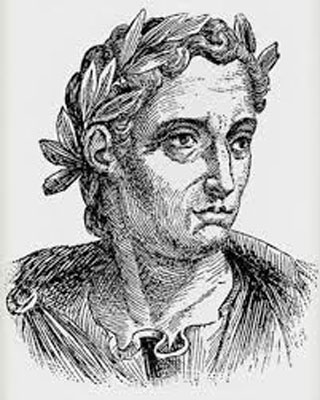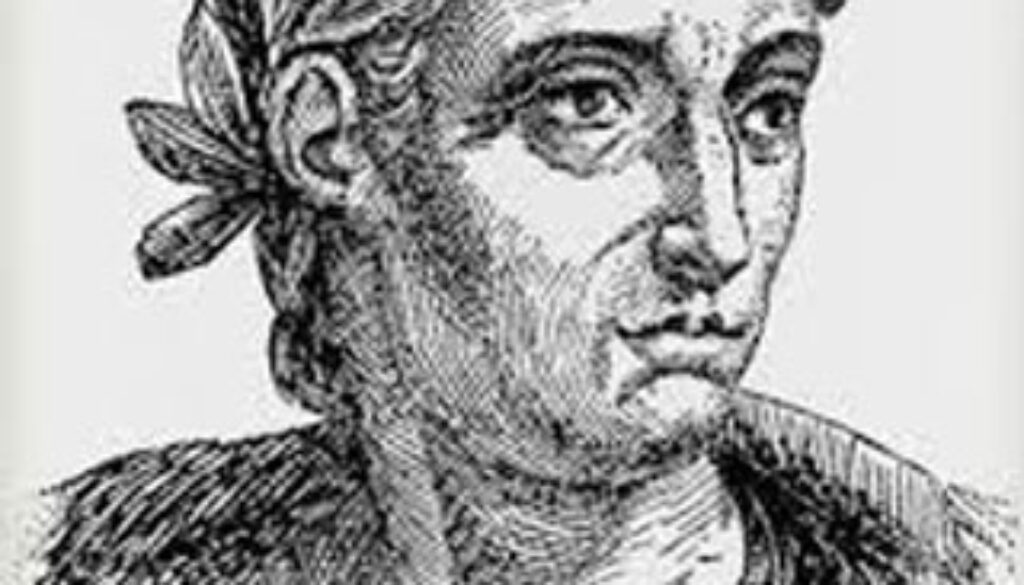A Science Puzzler from Pliny the Younger

The paperback I carry in my pocket when I’m called to substitute teach is The Letters of Pliny the Younger. I figure if I leave it lying around it might give me a scholarly air.
Pliny and his uncle (Pliny the Elder) were both Roman senators in the first century. Pliny the Elder was commander of the fleet in the Bay of Naples when Vesuvius erupted in 79 AD, and he was killed trying to rescue the people of Pompeii, Herculaneum and Stabiae.
Pliny’s letters include his correspondence with the emperor Trajan when Pliny was governor of Bithynia, in which they famously discuss what to do about these pesky Christians.
Some of the Christians had been accused anonymously, and Trajan states categorically that anonymous accusations “have no place in our judicial system.” Interestingly, Pliny reports that two of the leaders of the Christians were women.
Pliny decided to ask the accused three times if they were Christians, and if they persisted in saying they were, to have them executed for “stubbornness and unshakeable obstinacy.”
In a letter to Licinius Sura, Pliny presents a scientific puzzler like they used to have on “Car Talk.”
“I have brought you a small present from my native place,” Pliny writes, “a problem fully worthy of your great learning.
“There is a spring which has its source in a mountain and then runs down over the rocks to a small artificial grotto, where it is caught and held for a time; then it flows into Lake Como.
“This is its remarkable feature: three times a day it fills and empties with a regular increase and decrease of water, and this can be seen quite clearly and is a great pleasure to watch. You settle yourself close by for a meal and also a drink from the ice-cold water of the spring; meanwhile it ebbs and flows at regular intervals.
“Put a ring or anything else on the margin where it is dry, and the waters gently creep over it until it is covered, then reveal it again as they gradually recede. If you watch long enough, you can see the process repeated a second and third time.
“Is there some hidden current of air which opens and closes the vent and outlet of the spring? We see this happen with bottles and similar vessels with narrow restricted necks, which, though tilted downwards, pour out their contents in jerks with a repeated gulping sound as if checked by the opposing inrush of air.
“Or is there something to drive back the outflow of the spring in the same way as rivers flowing into the sea are turned back if they meet an opposing force of wind and tide?
“Or is there a fixed supply of water in a hidden channel, so that the stream diminishes and flows slowly while water accumulates after it has emptied, but flows faster and increases when the supply is sufficient?
“It is for you to investigate the cause of this phenomenon, as you have the ability. I have done more than enough if I have managed to describe it clearly.”
The spring is still to be seen in the 16th-century Villa Pliniana. Leonardo da Vinci recorded it in his notebooks.
Modern hydrologists believe the variations in the flow of the spring are due to “the principle of the siphon.”
Here’s a link that will tell you more than you ever wanted to know.
